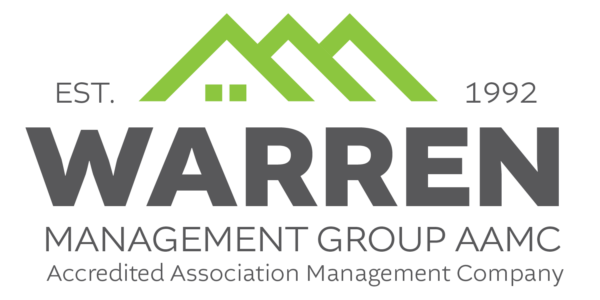Buying a home is more than “just” the home; you’re buying a community. What have you learned about this community that makes it feel “right” for you?
If you haven’t lived in a community association before, there are some things for you to consider. Realize that when you purchase property in a community association, you automatically become a member of the Association; membership is not optional. Also, upon taking title to the property, you have then accepted the obligations and responsibilities of all members of the Association which are outlined in the community’s governing documents. Have you reviewed those governing documents?
Recognize that there are typically some mandated time frames the first time purchasers must carry out (e.g. landscape completion).
Have you factored in the cost of those improvements in your first six months?
Community Associations have processes in place to accomplish most responsibilities of the Association that have Owner/Member involvement. For instance, any exterior improvement to the Home/Unit and/or the property must be approved by the Architectural Committee prior to beginning installation. This requires that a written plan be prepared (to scale), submitted to the Architectural Committee (generally through the Management Company), and reviewed in relationship to the Community’s Standards (in the Declaration of Covenants, Design Guidelines or Rules & Regulations). This process takes time, so be sure to allow several weeks for that process to take place. Do not assume that because you’ve seen sometime in a “similar” community that it is permitted in this community.
Associations are funded by “assessments” charged to every member. This assessment is mandatory and becomes a personal obligation to you once you purchase property there. This assessment can and will increase over time; do not assume that it will stay at the current rate.
Associations use their collective buyer power to obtain services for the community that benefit the residents. Are the services you expect being offered in this community? Have you looked at the Association’s annual budget to learn about expenses of the Association?
Most Associations have common property – physical assets – for which it is responsible to maintain. Those may vary from entry signage, lighting and landscaping to structures such as a clubhouse or even the residences themselves. The Association must provide systematic funding for the repair and/or replacement of these assets as they wear or exceed their useful life. This funding is referred to as “Reserve Funding.” This expense is a part of the annual assessment – which covers the general operating expenses and the reserve funding. Does the Association have adequate reserve funding? Low reserves could indicate that a “Special Assessment” may be needed to provide needed funding! Would you be prepared to pay a lump sum special assessment if levied?
Most communities intentionally choose to be “pet friendly” however some communities simply must put limitations to pets because of the layout of the community and the impact that such pets would be on other residents because of close proximity. If you have pets, have you checked to see if the size and number of pets is allowed?
In townhome and condominium communities, parking can be a real challenge – especially to owners that have more than one or two vehicles. Have you considered the parking availability in this community? Don’t assume that you can occupy as many spaces as you have vehicles! Check the documents for limitations!
Do you have a job with a company that requires you to drive a company vehicle that must be kept with you at all times? Will that vehicle fit inside the garage? Most community associations do not allow commercial vehicles to be parked in the driveway or on the street. Check before you buy!
Have you talked to the neighbors, “interviewed” them to see what kind of neighbor they’ll be? Sometimes a first impression can tell you whether or not your values and priorities are “a fit.”
